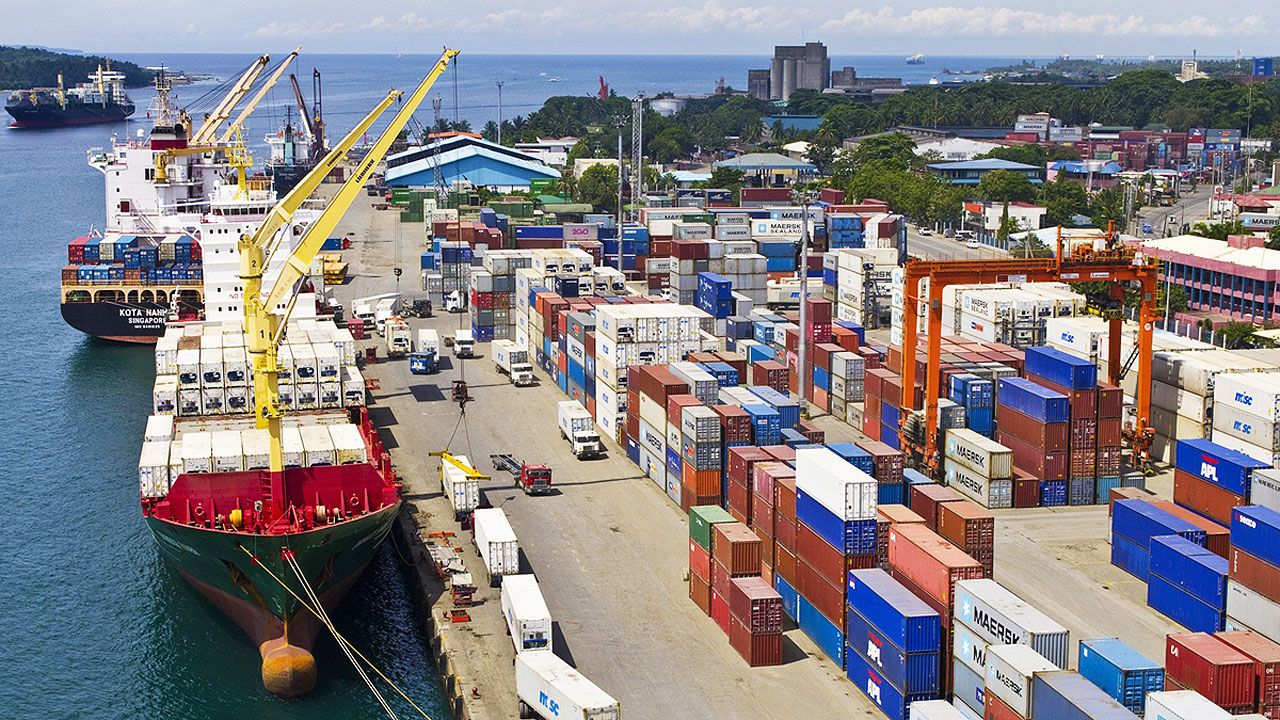PHL trade in goods seen to remain weak until yearend

By Luisa Maria Jacinta C. Jocson, Reporter
THE GROWTH in Philippine exports and imports will likely remain muted for the rest of the year amid a global economic slowdown and weak external demand, according to the World Bank.
“Overall, the global outlook for goods trade is expected to remain weak for the rest of 2023 as the demand for manufactured goods continues to remain weak in favor of trade in services. This includes the Philippines’ key commodities, such as its electronics exports,” World Bank Philippines Senior Economist Ralph van Doorn told BusinessWorld in an e-mail.
Mr. Van Doorn said that the worldwide economic slowdown “is expected to contribute to a slowdown in global goods trade by about four percentage points in 2023.”
“Of concern for the Philippines is that slowing growth in the region’s largest trading partners, including China where growth for 2023 is projected to be 5.1%, will lead to weaker external demand for the country’s export commodities,” he added.
Data from the local statistics authority showed that the trade deficit narrowed to $36.31 billion in the first eight months of the year from the $41.86-billion deficit a year ago.
As of end-August, exports declined by 6.6% to $47.81 billion while imports fell by 9.6% to $84.12 billion.
For this year, the government is projecting 1% growth for exports and 2% growth for imports.
Pantheon Macroeconomics Chief Emerging Asia Economist Miguel Chanco said the Philippines may find it difficult to meet its export and import growth assumptions.
“If you’re talking about in nominal (i.e. not real terms), then the government’s export and import forecasts will almost be impossible to meet,” he said in an e-mail.
“In real terms, though, 1% full-year export growth seems doable, though I’m questioning whether 2% growth for imports is as achievable, simply because we’re seeing a notable slowdown in domestic demand this year, on all fronts, from private consumption to fixed investment,” he added.
Mr. Chanco noted other major exporting countries are showing signs of a rebound.
“The only silver lining is that we’re starting to see signs from other major exporters regionally, such as Singapore and Malaysia, that electronics exports are starting to bottom out and should start to show signs of a recovery, however modest, before the end of this year,” he said.
“The risks will remain weighted to the downside, considering China’s resistance to enact more aggressive stimulus measures to shore up demand,” he added.
Semiconductor and Electronics Industries in the Philippines Foundation, Inc. (SEIPI) President Danilo C. Lachica said it is still projecting flat growth for electronics exports this year.
“Our growth projection for 2023 is flat. We have not come out with our 2024 projection, but I hope it will be better than 2023,” he said in a Viber message.
SEIPI earlier revised its forecast to flat from 5% due to the weak performance in the first half.
As of end-August, exports of electronic products declined by 4.8% to $26.8 billion year on year. It made up more than half (56%) of total exports during the period.



